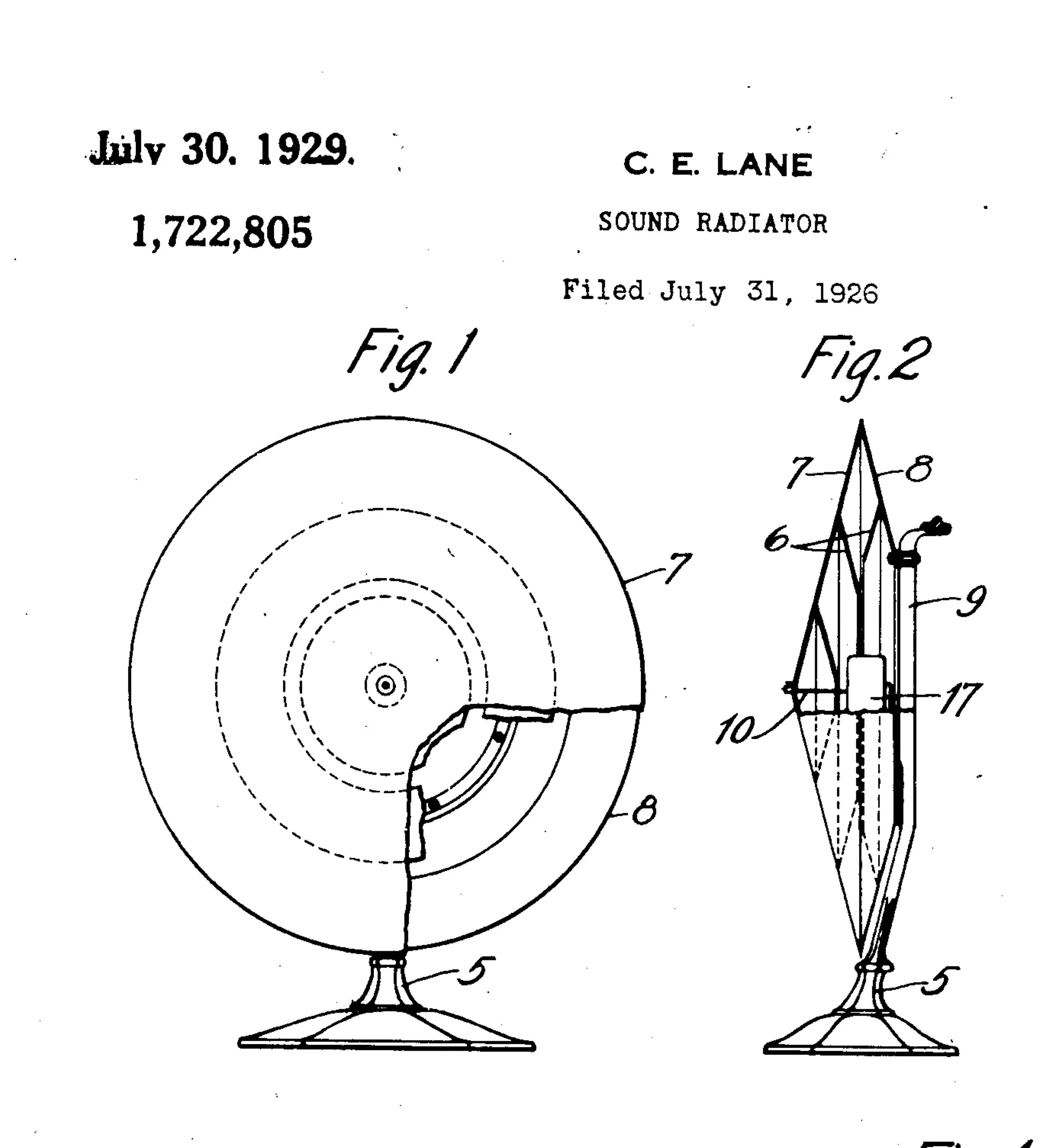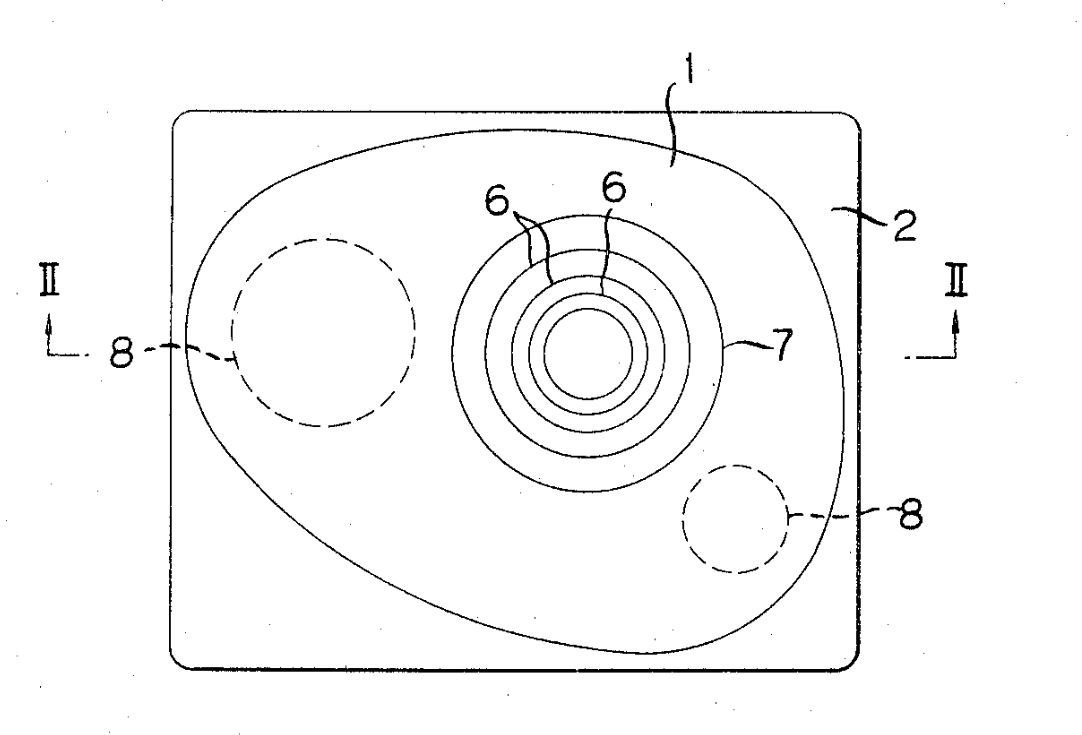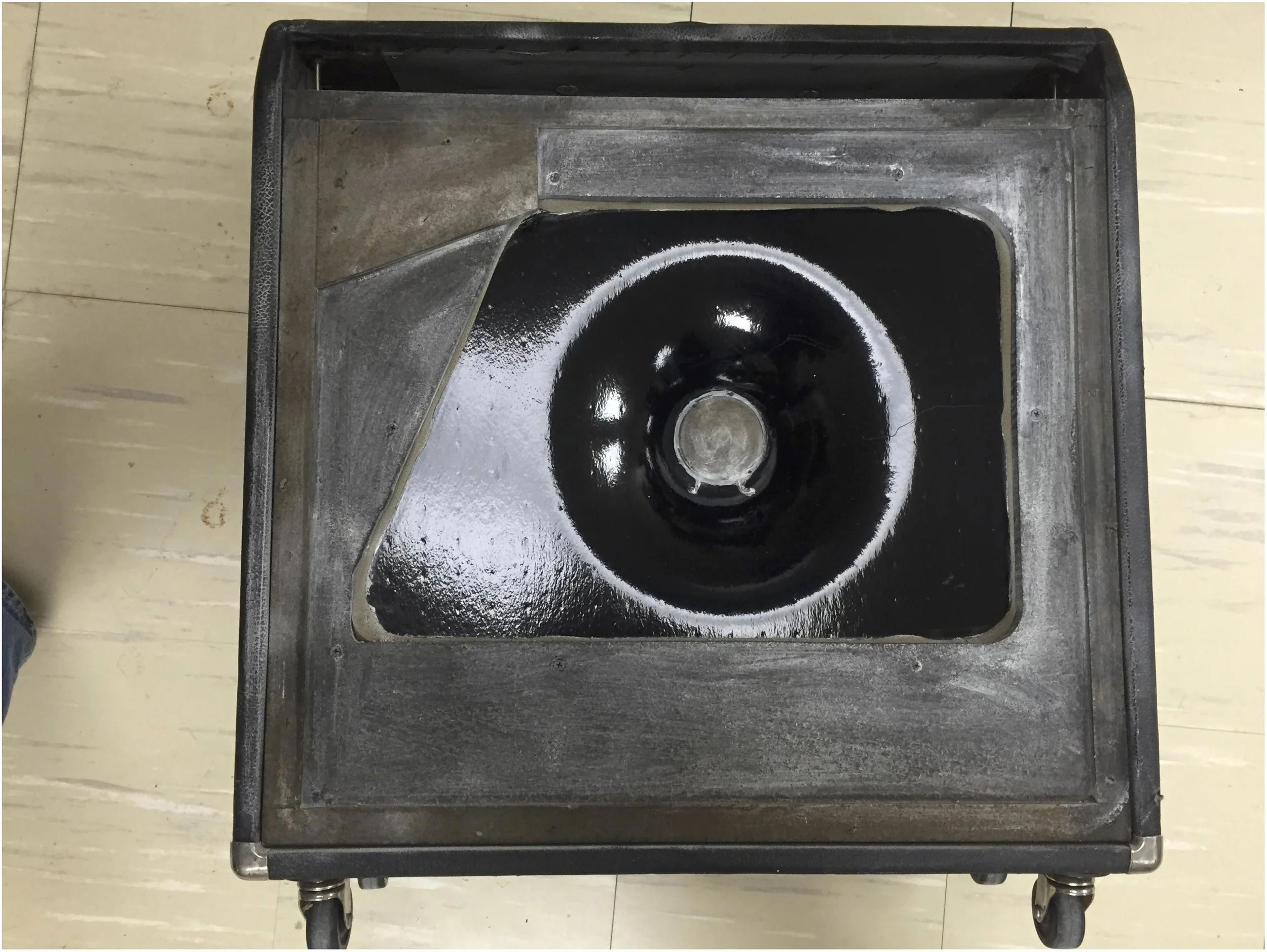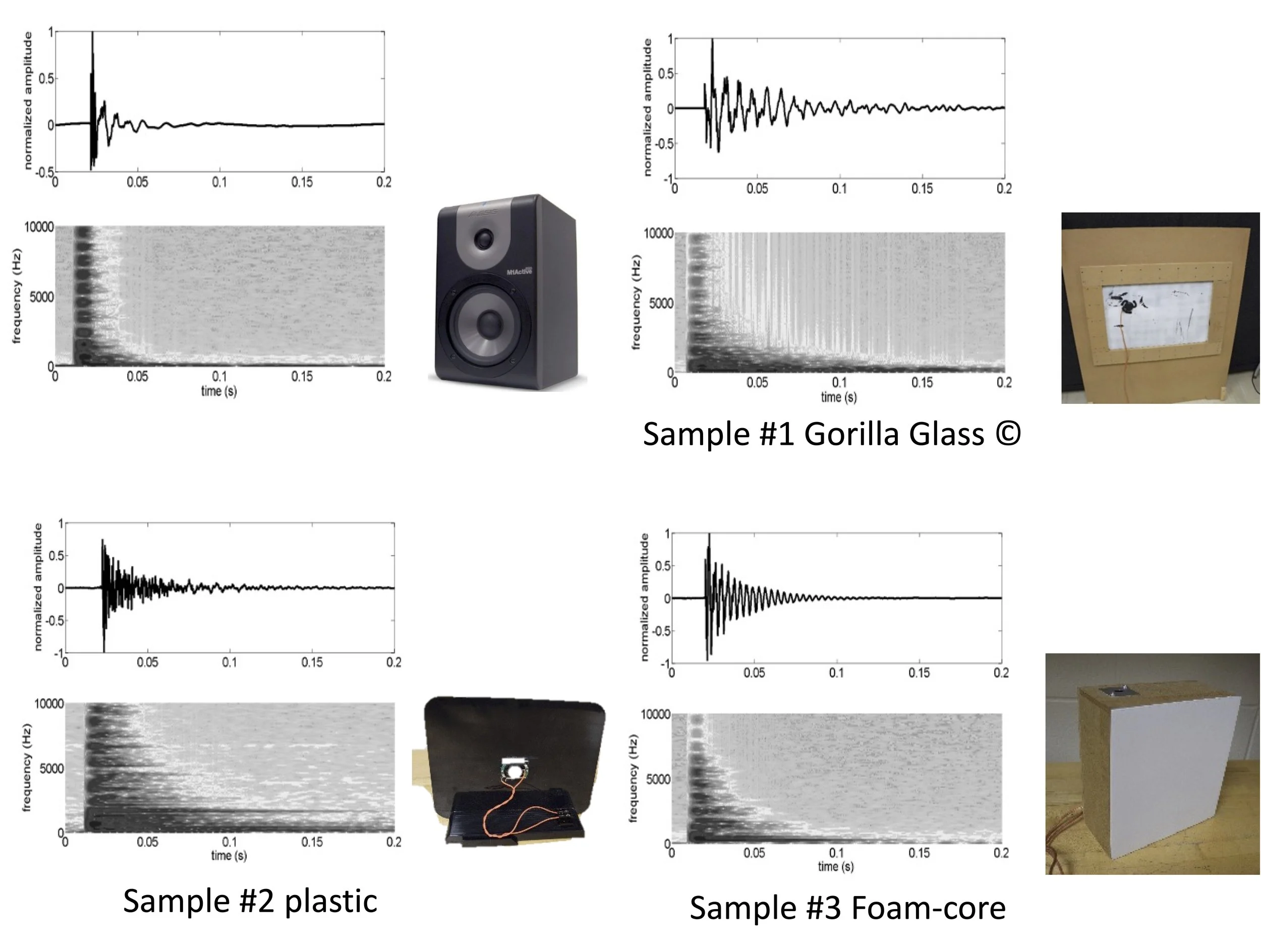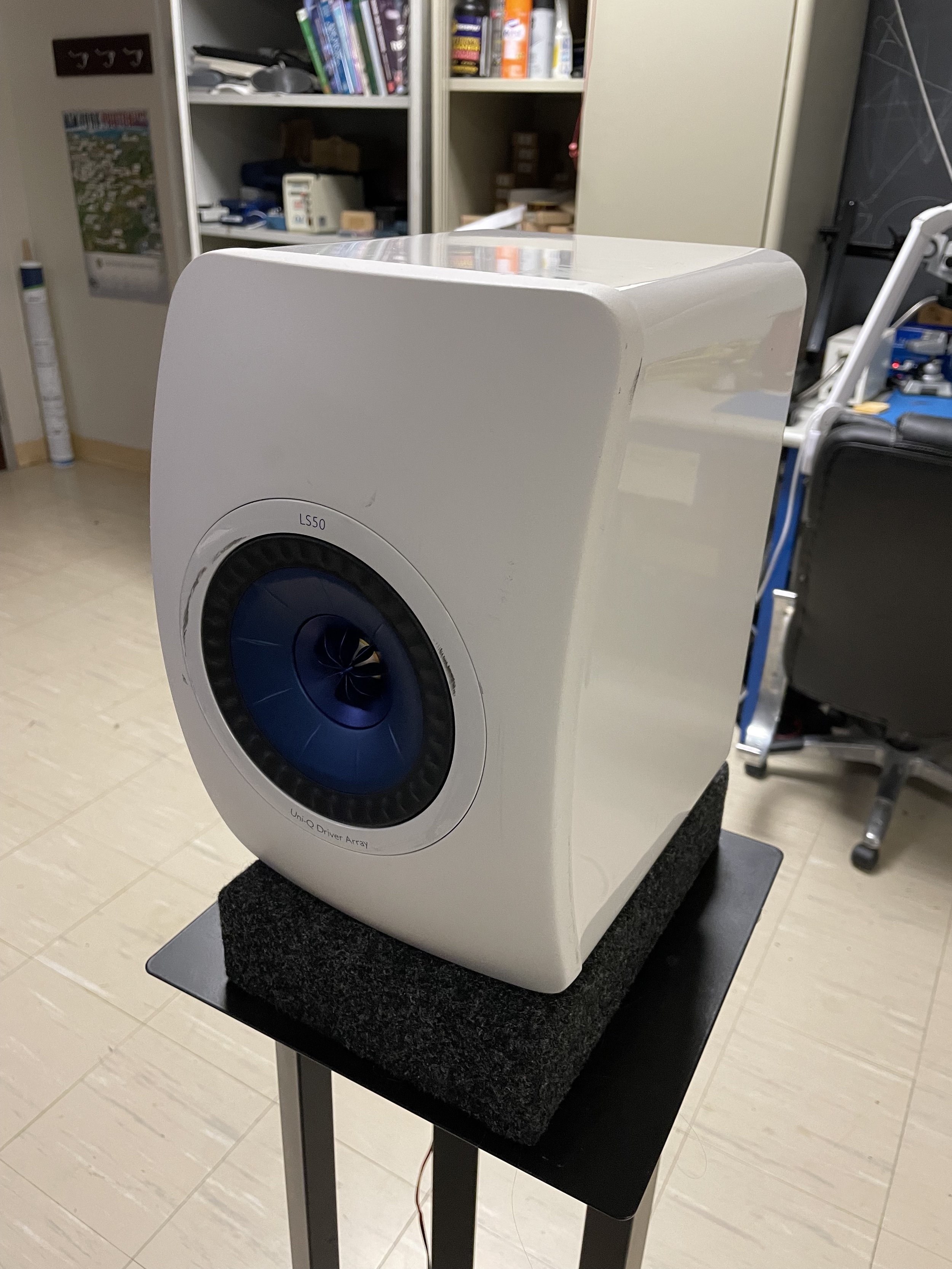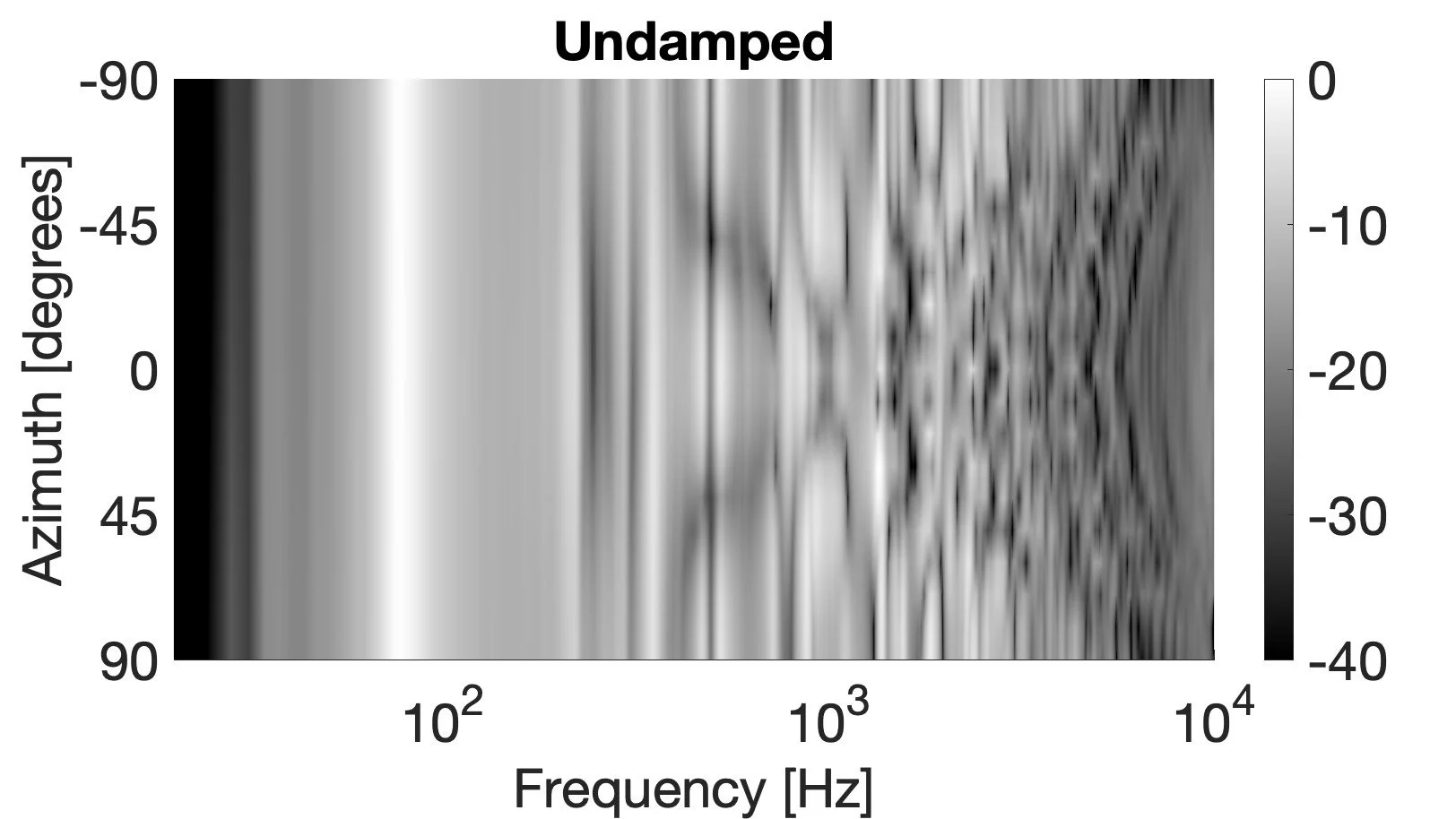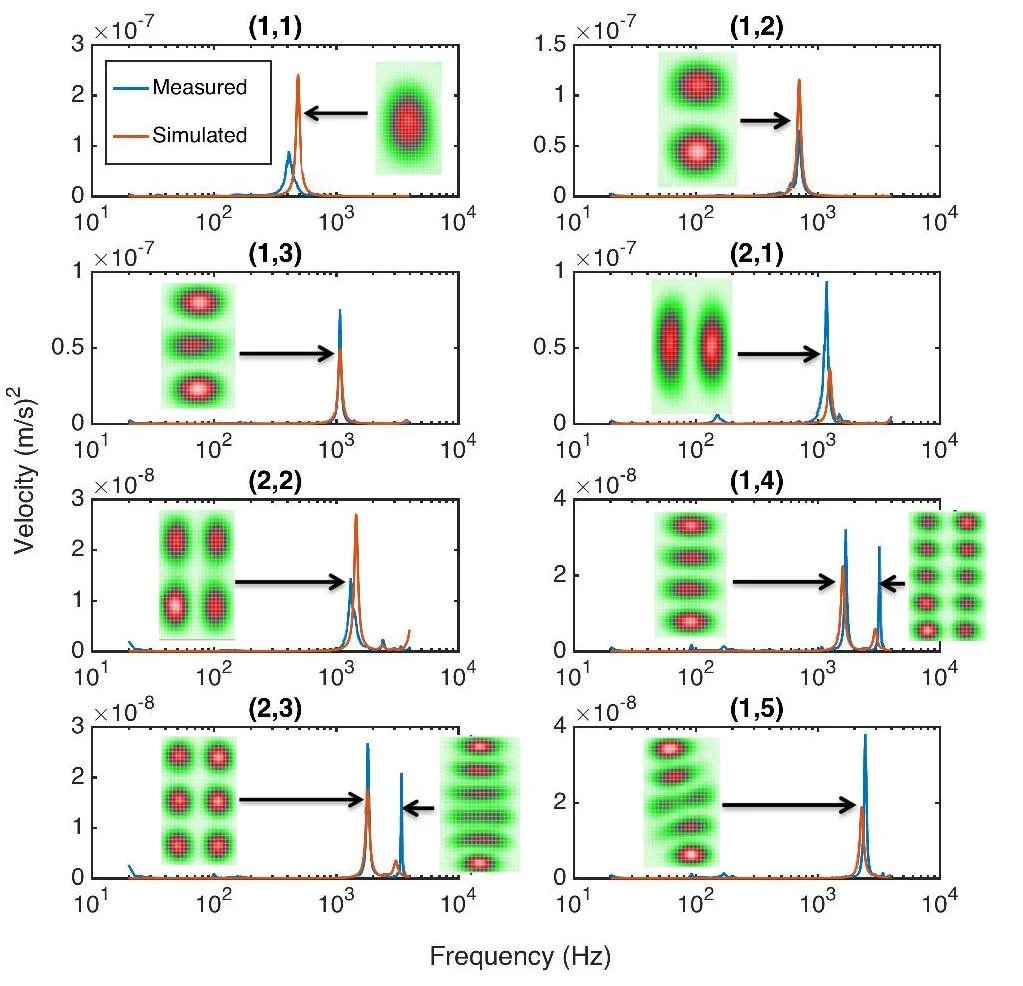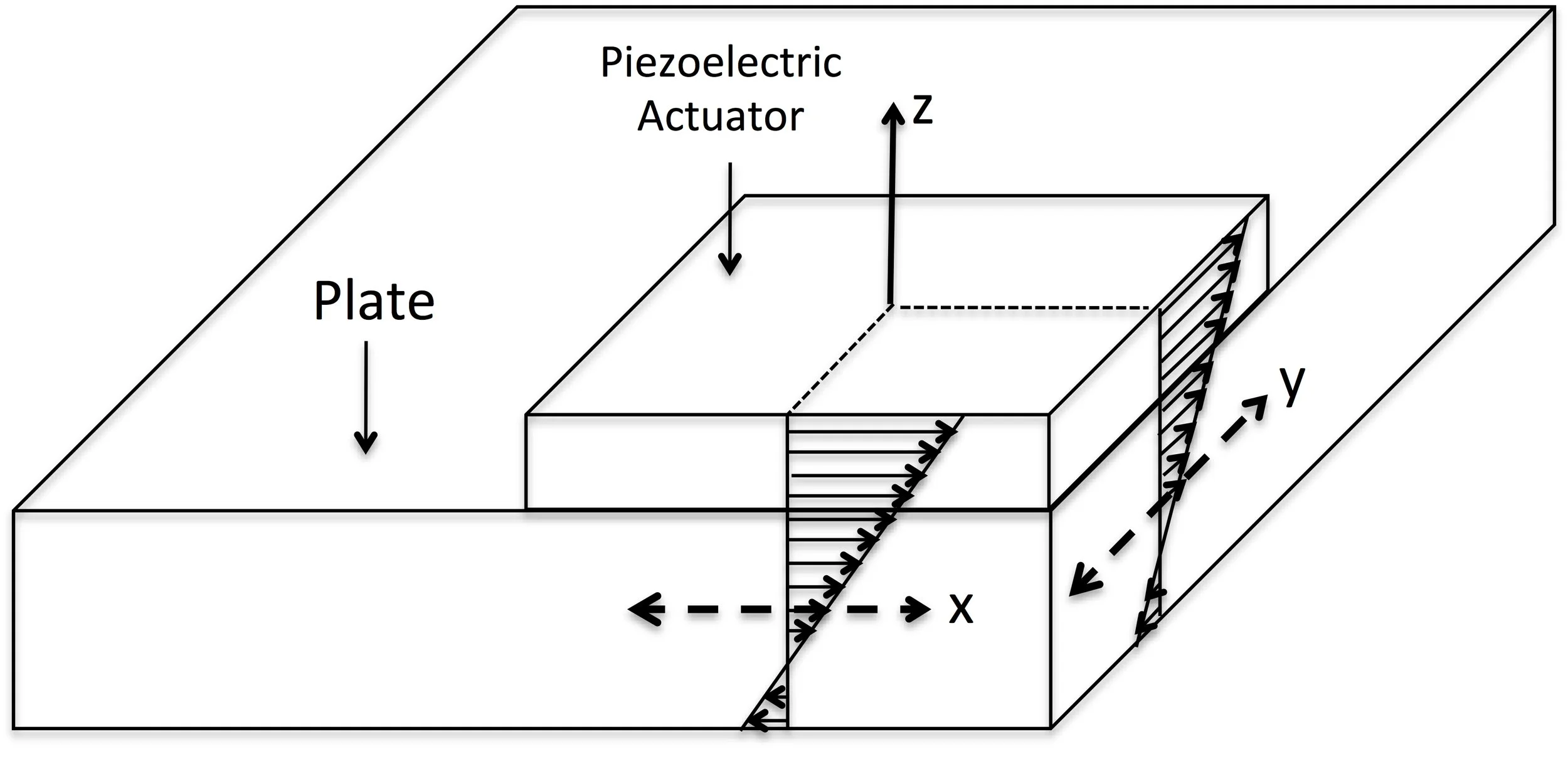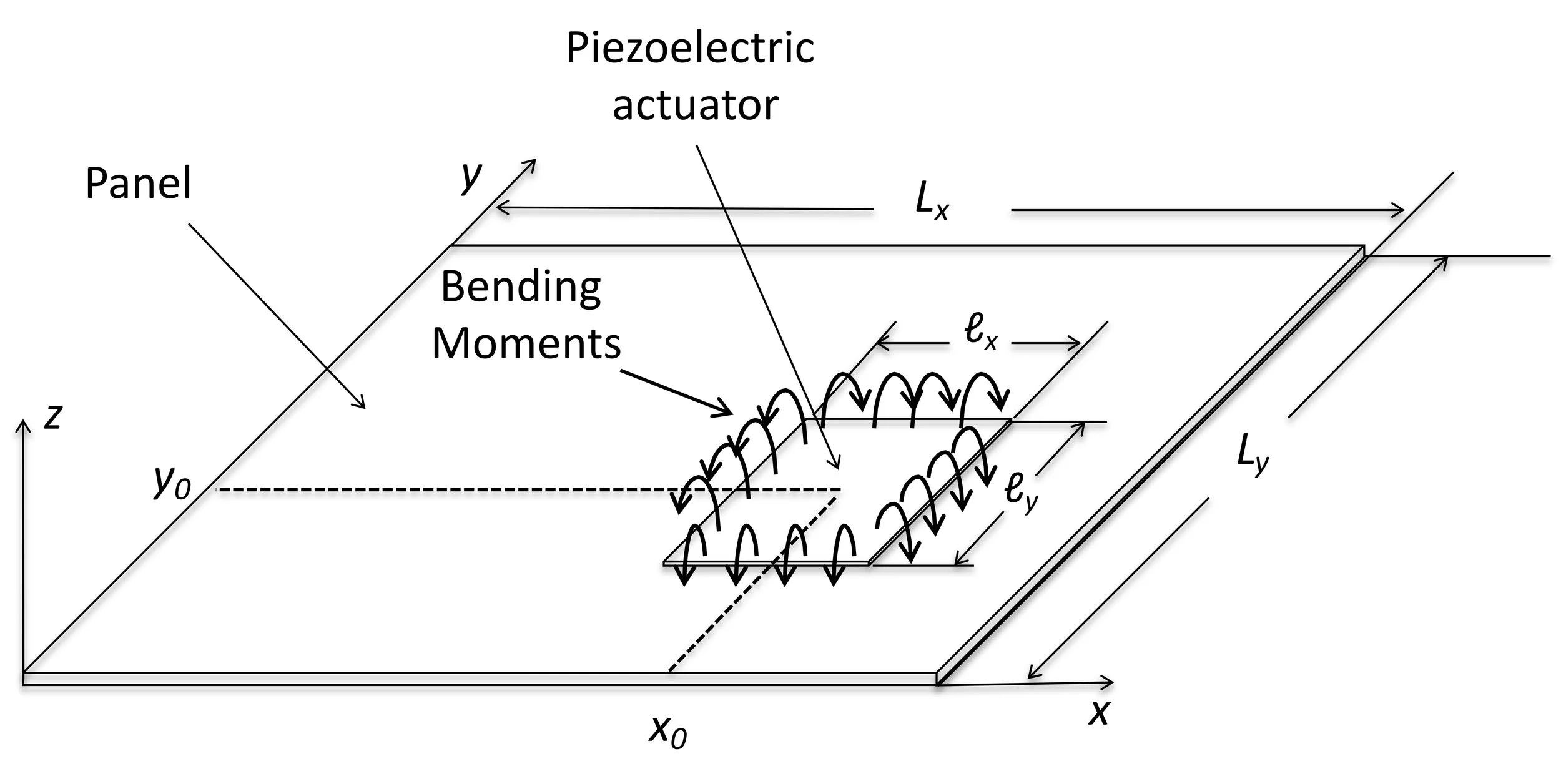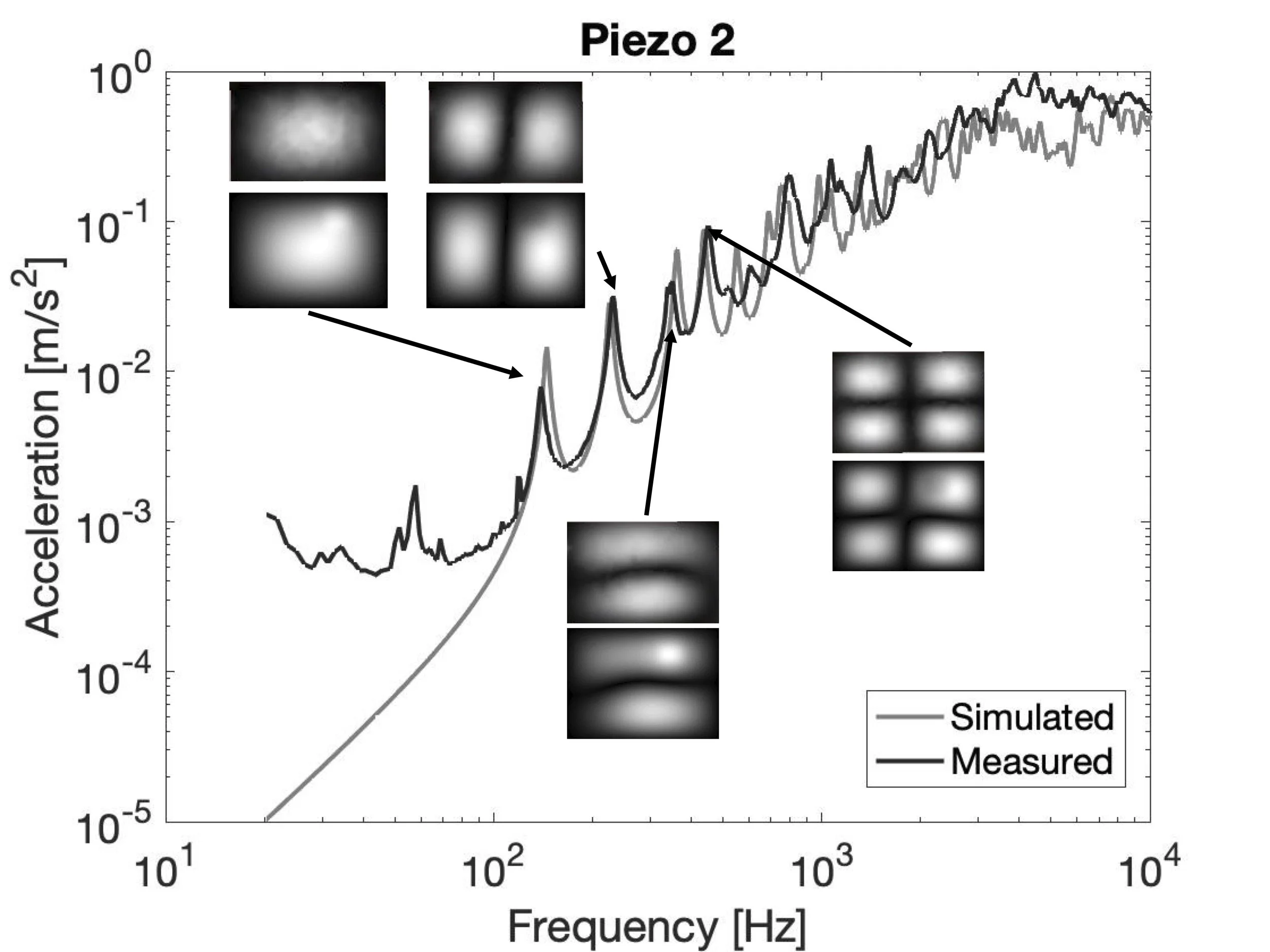Flat-Panel Loudspeaker Design
This page contains the motivation behind the research in this area, the challenges with making panels radiate quality sound, and the design considerations we developed to help improve the radiated sound quality. My colleagues, Mark Bocko and Dave Anderson, were major contributors to this work and wrote a couple of papers together before I even started. This section summarizes the major contributions from Mark, Dave, and I in this area of research. Much of this work is included in a review paper on flat-panel loudspeakers that the three of us (plus Steve Roessner) were invited to write for the Journal of the Audio Engineering Society.
Background
The first patents for the panel loudspeaker are almost as old as the patents for the conventional cone loudspeaker proposed by Rice and Kellogg in the early 1900’s. Variations on this original design showed up in the 1960’s and 1970’s from Yamaha and Bertagni Electroacoustic Systems, with additional variations from NXT and Tectonic Audio Labs appearing in the late 1990’s into the 21st Century. Some pictures of these speakers, taken from patents or our own collection, are shown below.
Challenges
Panel loudspeakers are multi-degree-of-freedom systems. As a result, they exhibit resonances throughout the audible frequency band that introduce reverberation into the reproduced audio - especially at low-frequencies, where the resonant modes are isolated with long decay times. This reduces audio quality by smearing high-transient signals such as drum hits and speech fricatives. Examples of recorded panel impulse responses are shown below. Notice the longer decay time compared to a conventional studio monitor.
The resonant modes also affect the frequency response and directivity reproduced signal. Measurements of the SPL polar patter vs. frequency are shown below. Notice the many fluctuations with both frequency and angle for the panel compared to a conventional speaker.
Constrained-Layer Damping
Building the panel out of a material with high damping (or introducing additional damping into the system) can help to smooth out the response of the panel. Damping is most effective at high-frequencies, where the panel has a naturally higher velocity. It is not as effective at reducing the effects of isolated low-frequency bending modes. Note that the SPL in this plots was computed from the measured acceleration of the panel via the Rayleigh Integral, and is normalized relative to the maximum sound pressure level (SPL).
Modal Crossover Networks
To eliminate resonant effects at low-frequencies, a driver array may be employed to cancel or selectively drive mode(s) with desirable radiation properties (such as the (1,1) mode of a simply supported panel), and cancel the responses of a select number of other modes. An array of N drivers can selectively cancel/excite N modes independently. At high frequencies, the array will start to alias and excite a number of uncontrolled modes. An example of how a driver array can be configured to selectively excite different modes of a panel is shown below. The spatial aliasing described above can be seen in the scans of the (1,4) and (2,3) modes, where the (2,5) and (1,6) modes, respectively are simultaneously excited.
A modal crossover network is a system that uses filters to reproduce audio signals through the vibration modes (or sets of modes) that have desirable sound radiation properties (and more importantly, avoid playing audio through modes with undesirable radiation patterns). An example of one possible configuration for this is demonstrated below. Here a two-band crossover network is used, where the low-frequency band is reproduced through the fundamental mode of a simply-supported rectangular panel via and actuator array, and the high-frequency band is reproduced through a single driver on the panel. The two bands can be equalized to produce a much smoother acoustic frequency response (b) than that produced when playing the full audio band through a single driver (a).
Piezoelectric Actuators
The above loudspeakers were designed using inertial force exciters, which can take up a considerable amount of space behind the panel. In devices such as smartphones and tablets, where space inside the device is limited, an alternative form of excitation may be needed to meet the required form-factor. Piezoelectric actuators are very thin compared to commercially available inertial exciters, and may be bonded directly to the rear of a panel. Piezoelectric actuators induce strain in the panel when a voltage is applied across the polarization axis as shown below. This strain distribution can be modeled as bending moments at the actuator edges. This analysis follows some great work by a number of researchers, and specific models developed by Dimitriadis et al. and Gibbs and Fuller.
Panel loudspeakers excited by piezoelectric actuators typically have a weaker bass response due to the relatively weak coupling between the dimensions of the actuator and the half-wavelength of the fundamental bending mode of the panel. This is shown by the increasing panel acceleration with increasing frequency in the measurements below for two different piezo locations. However, in small devices such as smartphones, this fundamental half-wavelength could be much shorter and allow for stronger actuator/panel coupling without incurring additional costs associated with manufacturing large piezoelectric actuators. Since piezoelectric actuators have very strong coupling to high-frequency modes, they may be best used as tweeters in a two-way modal crossover flat-panel speaker, where the low frequencies are reproduced through an array of inertial actuators, and the high-frequencies are reproduced through a single piezoelectric actuator.
